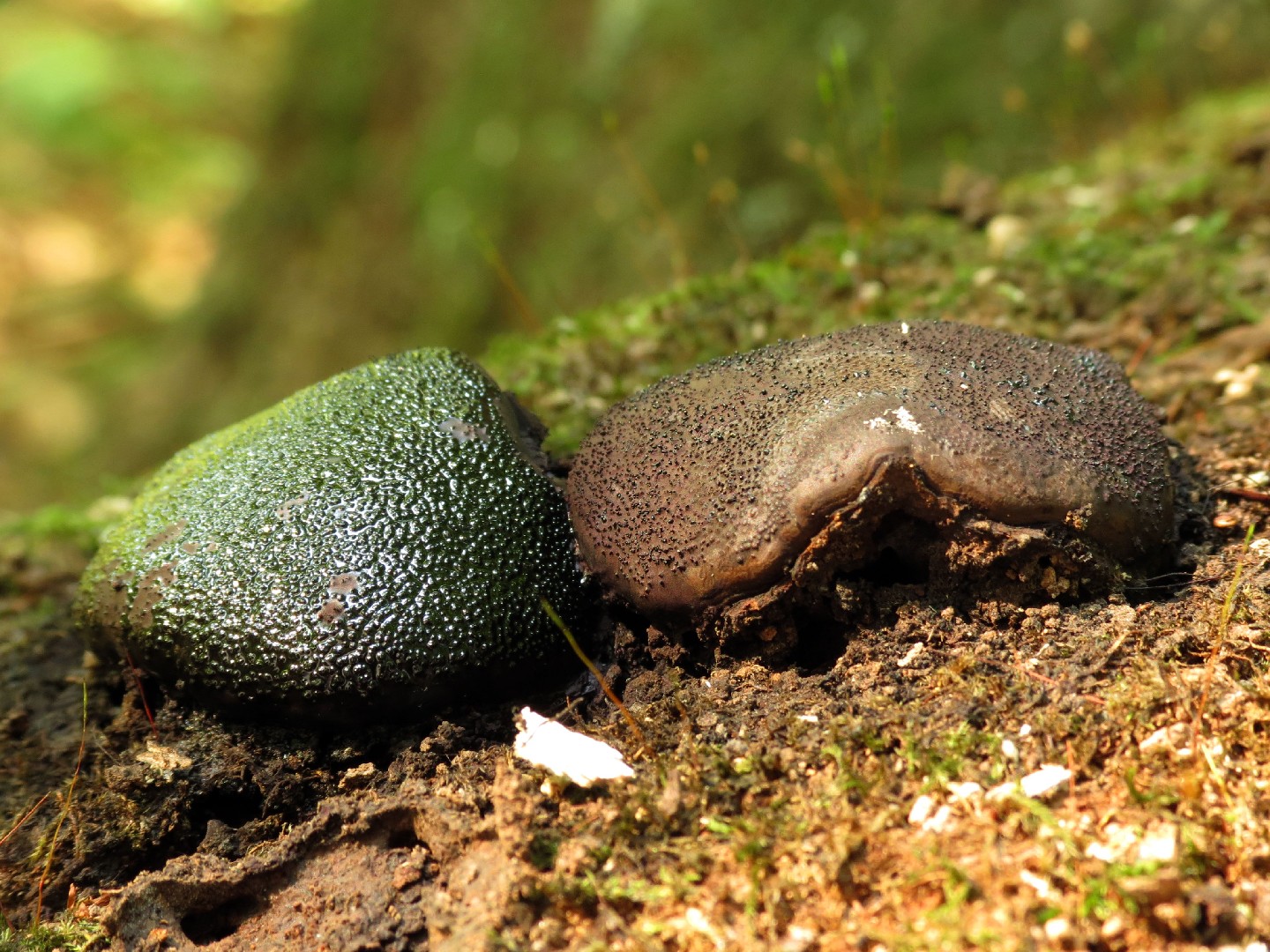Camarops
Scientific name: Camarops
Camarops
Scientific name: Camarops
 Photo By Katja Schulz , used under CC-BY-2.0 /Cropped and compressed from original
Photo By Katja Schulz , used under CC-BY-2.0 /Cropped and compressed from original Description
Camarops are unique fungi, often found decomposing wood, particularly in temperate forests. They are known for their striking, often dark-colored fruiting bodies, which appear crusty or blistered. These fungi play a vital role in nutrient cycling by breaking down tough plant materials. Some species of camarops attach firmly to their substrates, forming cushion-like structures. Their intriguing appearance and ecological importance make camarops a fascinating subject of study for mycologists.